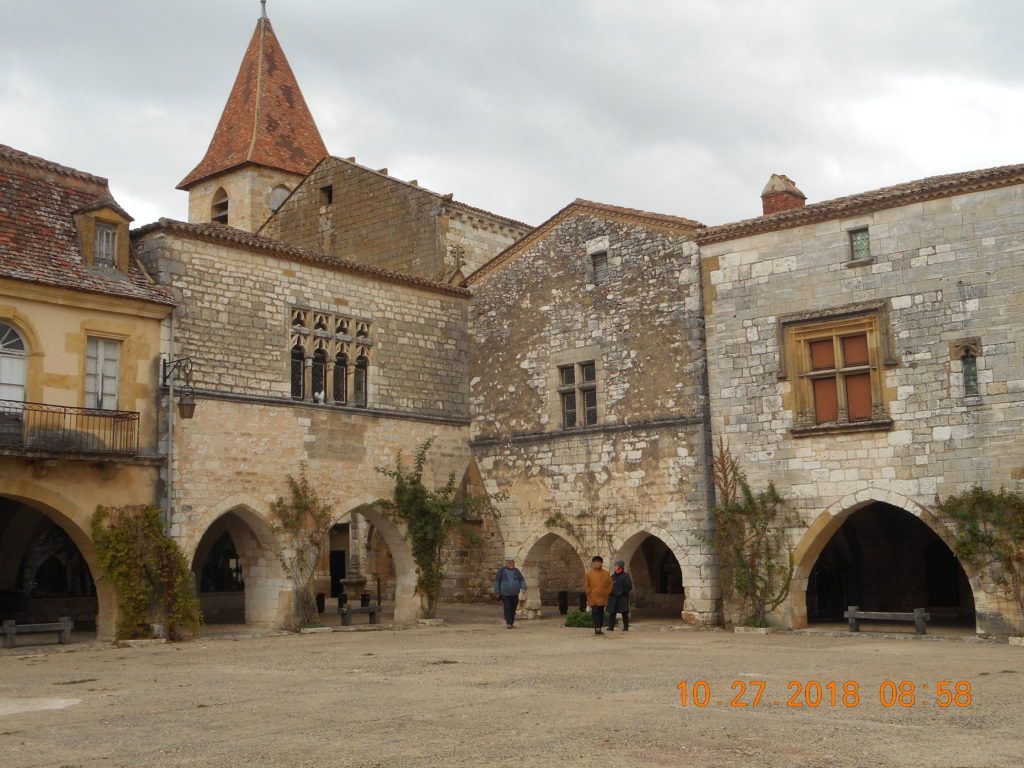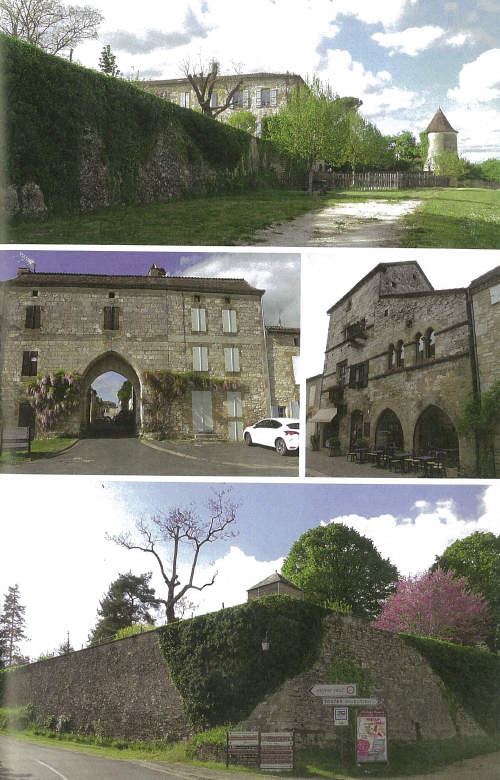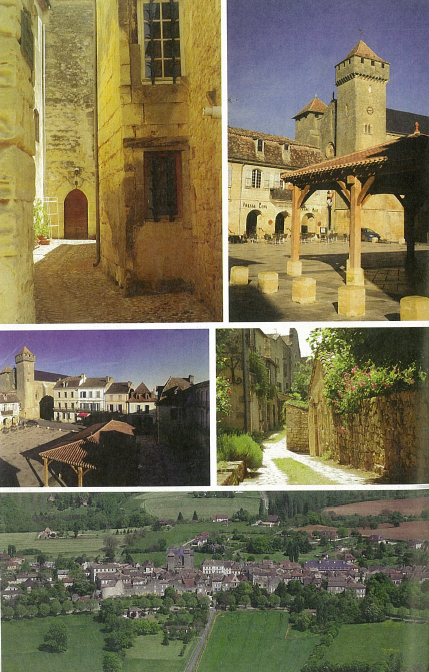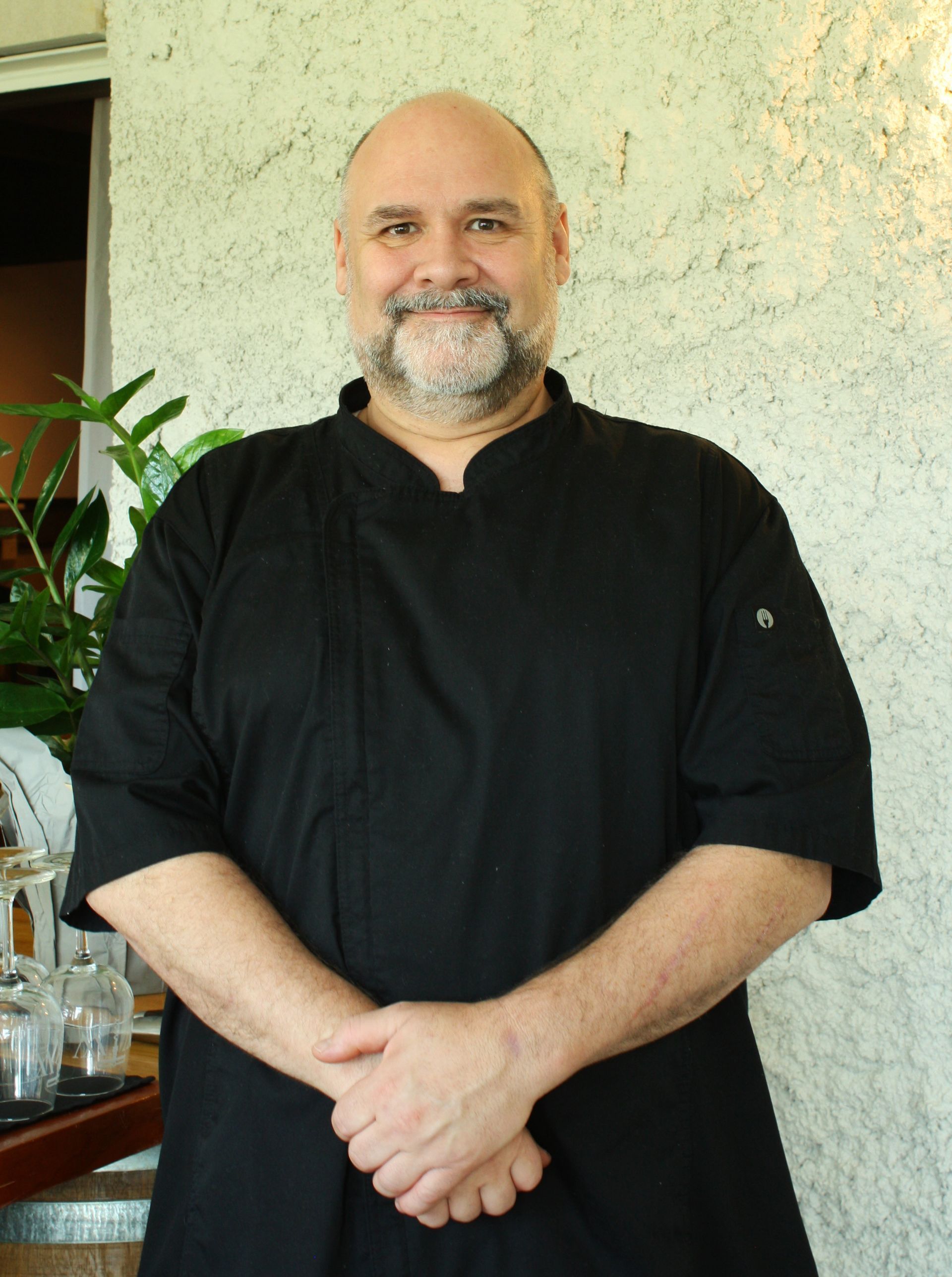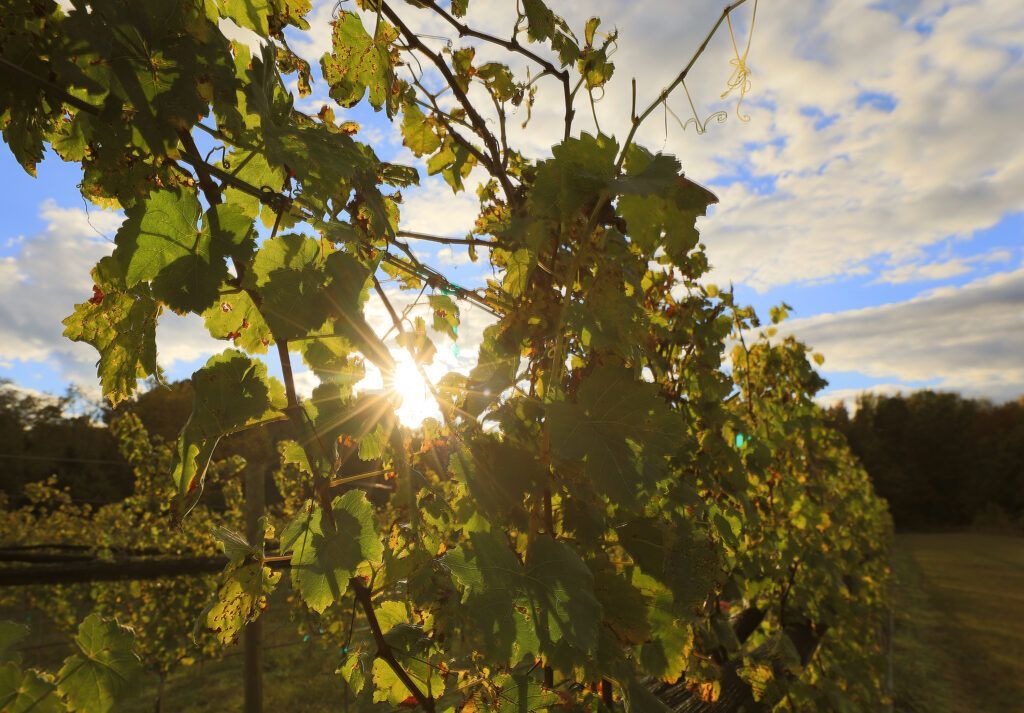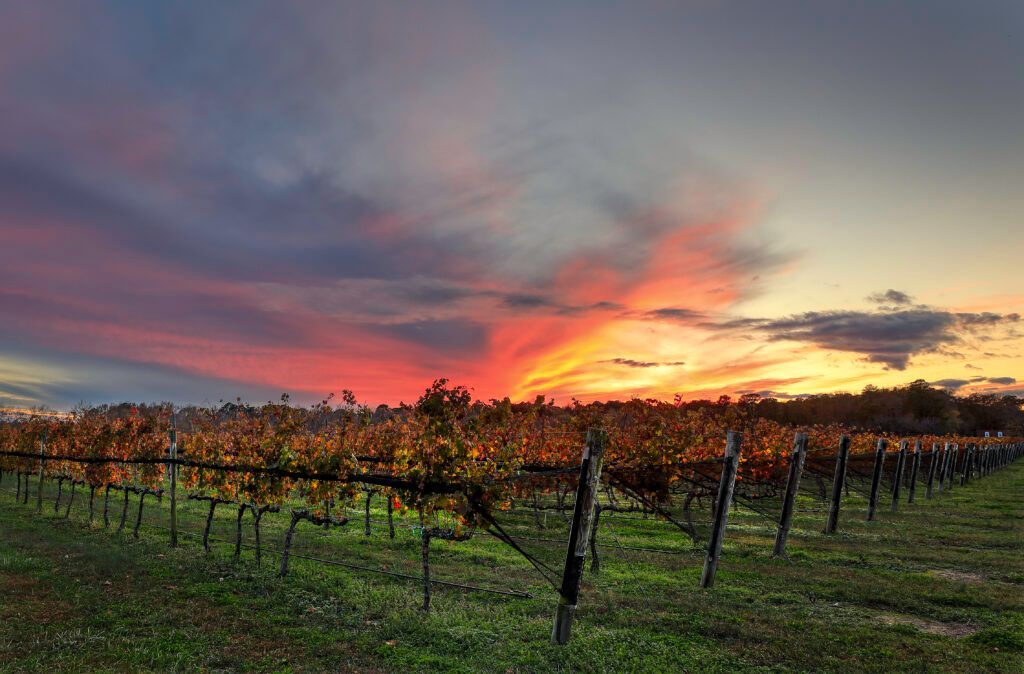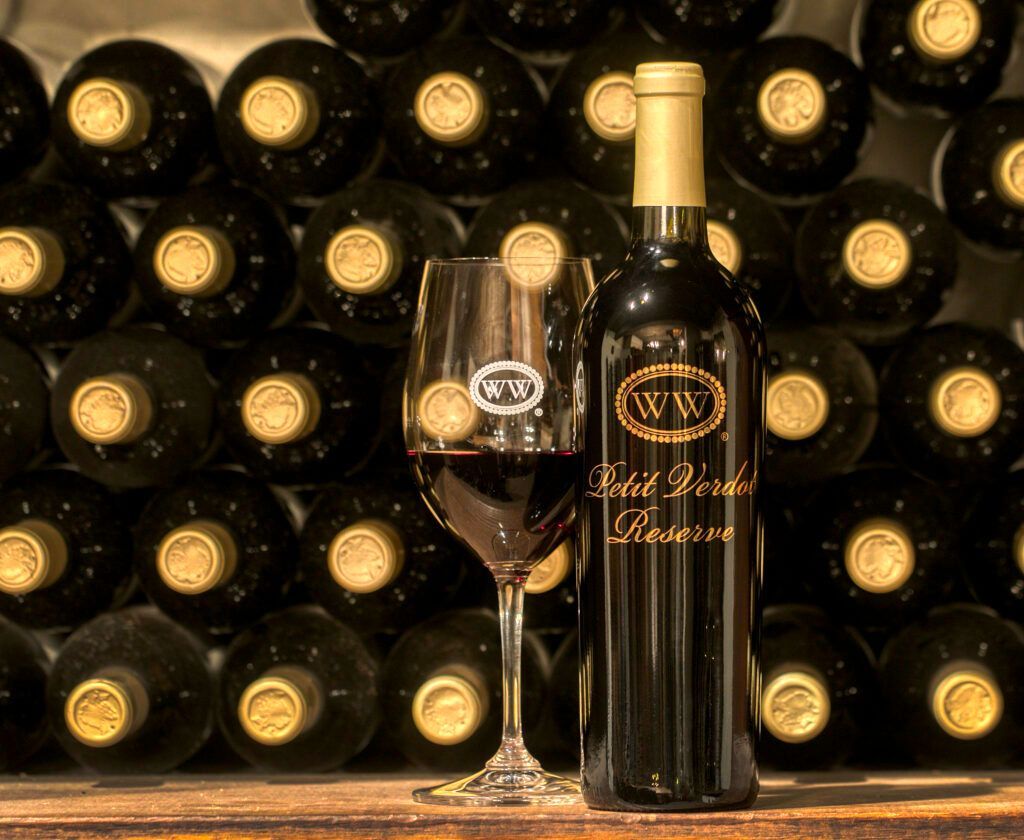Discovering the World of “Bastides”
During our fall trip to France late last year, we discovered the world of Bastides. The French word is derived from the classic bastions meaning a fortification protecting its occupants and constructed to allow for defense.
Traveling in Périgord, we were looking at various places hoping to find the right property that we could acquire given the fact that the one that we had come to terms with had been removed from the market.
We stayed over in a B&B near the town of Villereal (an old French description translated meaning “Royal Town”).
I was interested in the design concept of the town, having seen a very similar design three or four years before meaning a town layout where all the streets are crisscrossing at a ninety-degree angle surrounding a central square where almost all the sides are covered walkways.
Looking into history, we learned that these towns were built in the 13th century (yes, seven hundred years ago)!
The Dordogne is a river that flows westward from the central mountains in France to Bordeaux. Also, it gives its name to the area and is known for being the land of one thousand and one castles.
Going back in history, to the 12th century, the famous Eleanor of Aquitaine was married to Henry the II King of England after her marriage to the King of France. It resulted in the crown of England to claim a right to the Aquitaine area in Southwest France. Hence the British learned to savor Bordeaux wines.
The arcades with the arrow indicating the flow of incoming pedestrian traffic to the central square.
In the 14th and 15th centuries, during the 100-year war, the area was the scene of endless battles between the French on the North Side of the Dordogne and the British forces on the South Side.
The Bastides built in the 13th century provided havens of peace for the inhabitants. The central square of the town was the place for the weekly market and often featured also a well to provide water when the town was closed during threats of attacks.
What was striking about those Bastides is the thickness of the stone construction, walls are regularly 2-feet thick. Given that pretty much all the houses even if they were well lined up continually, there seems to always be a very specific identity to each house creating a unique design.
Somehow or another no modern structures have been built up in those Bastides, so they have retained the uniqueness of their medieval charm.
Cheers,
Patrick G. Duffeler
Founder & Chairman
